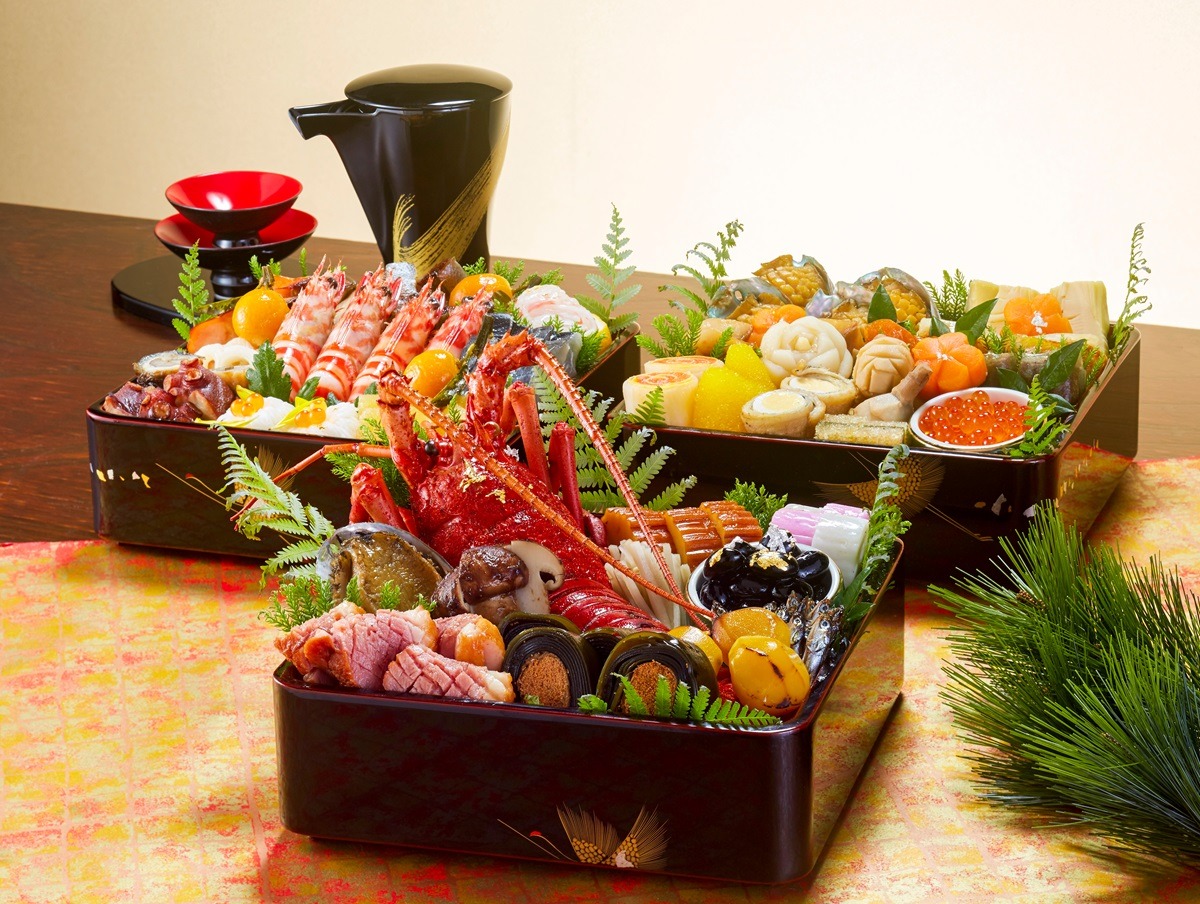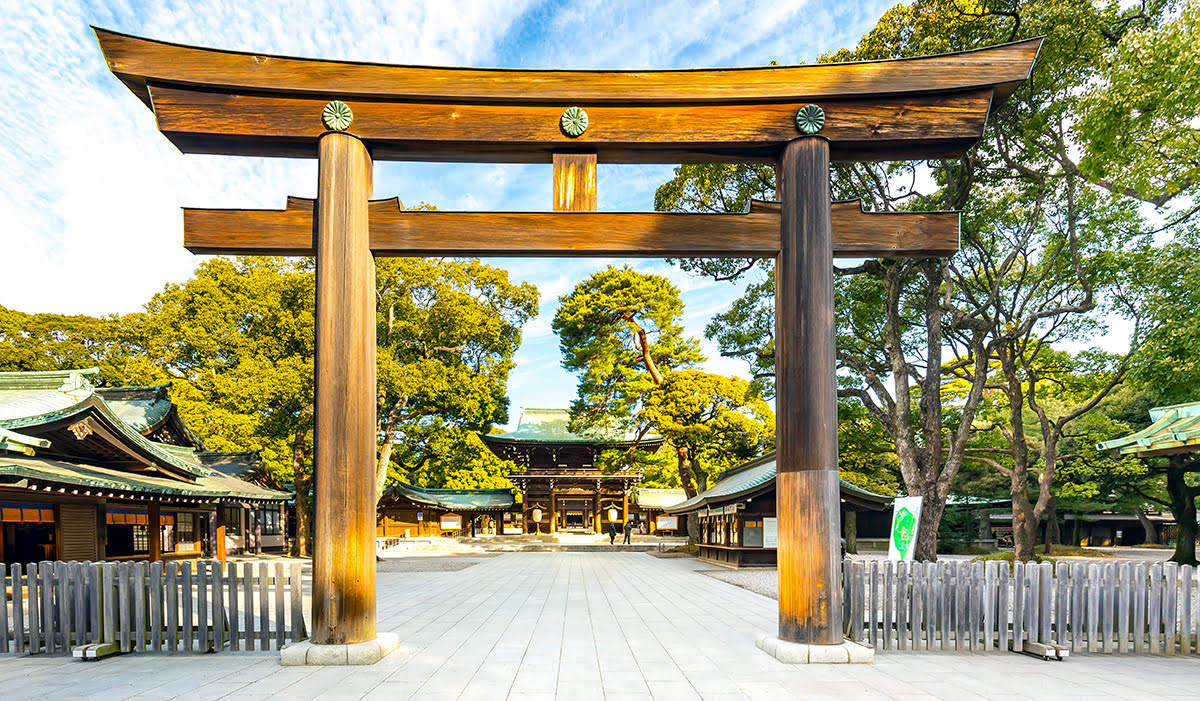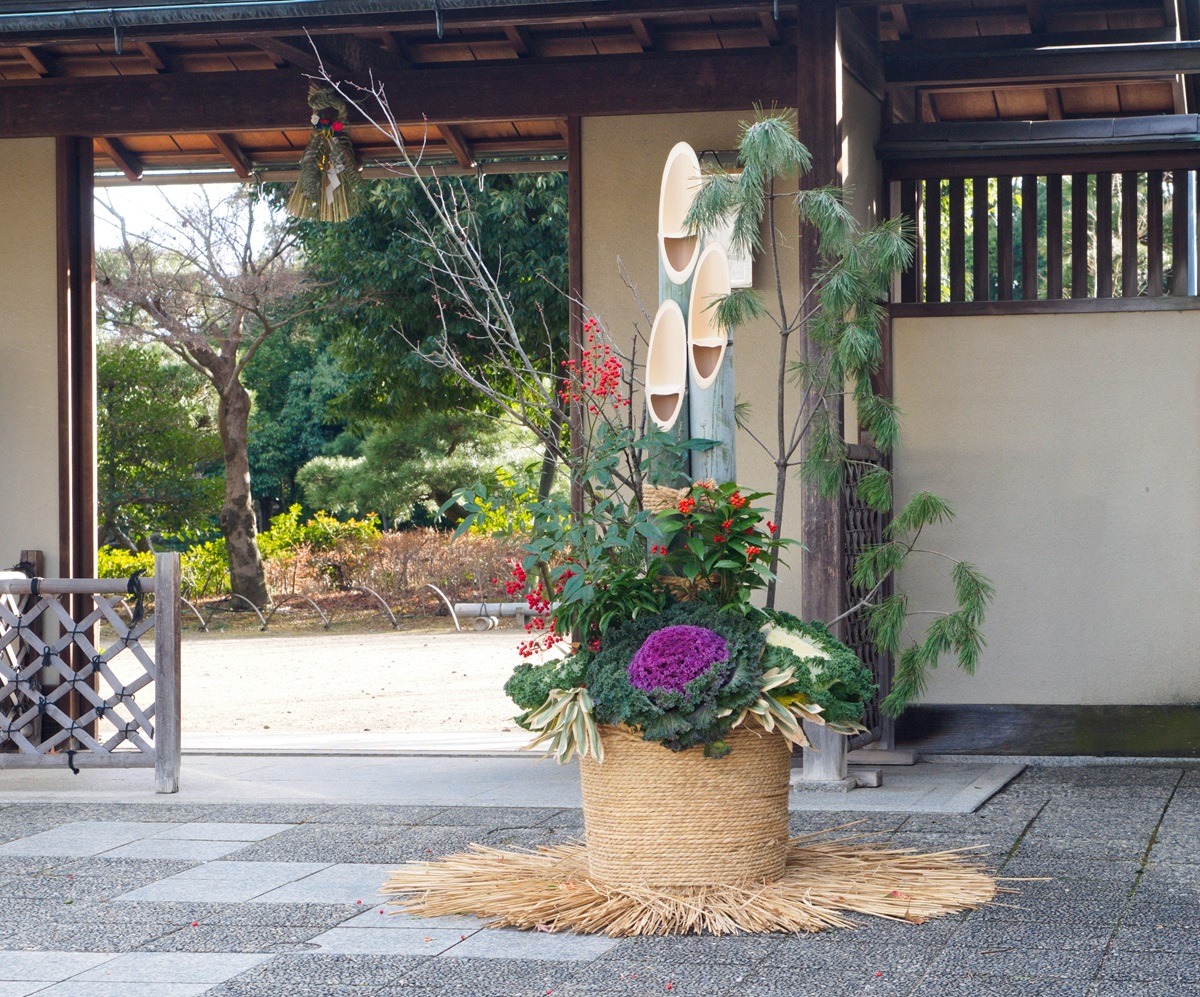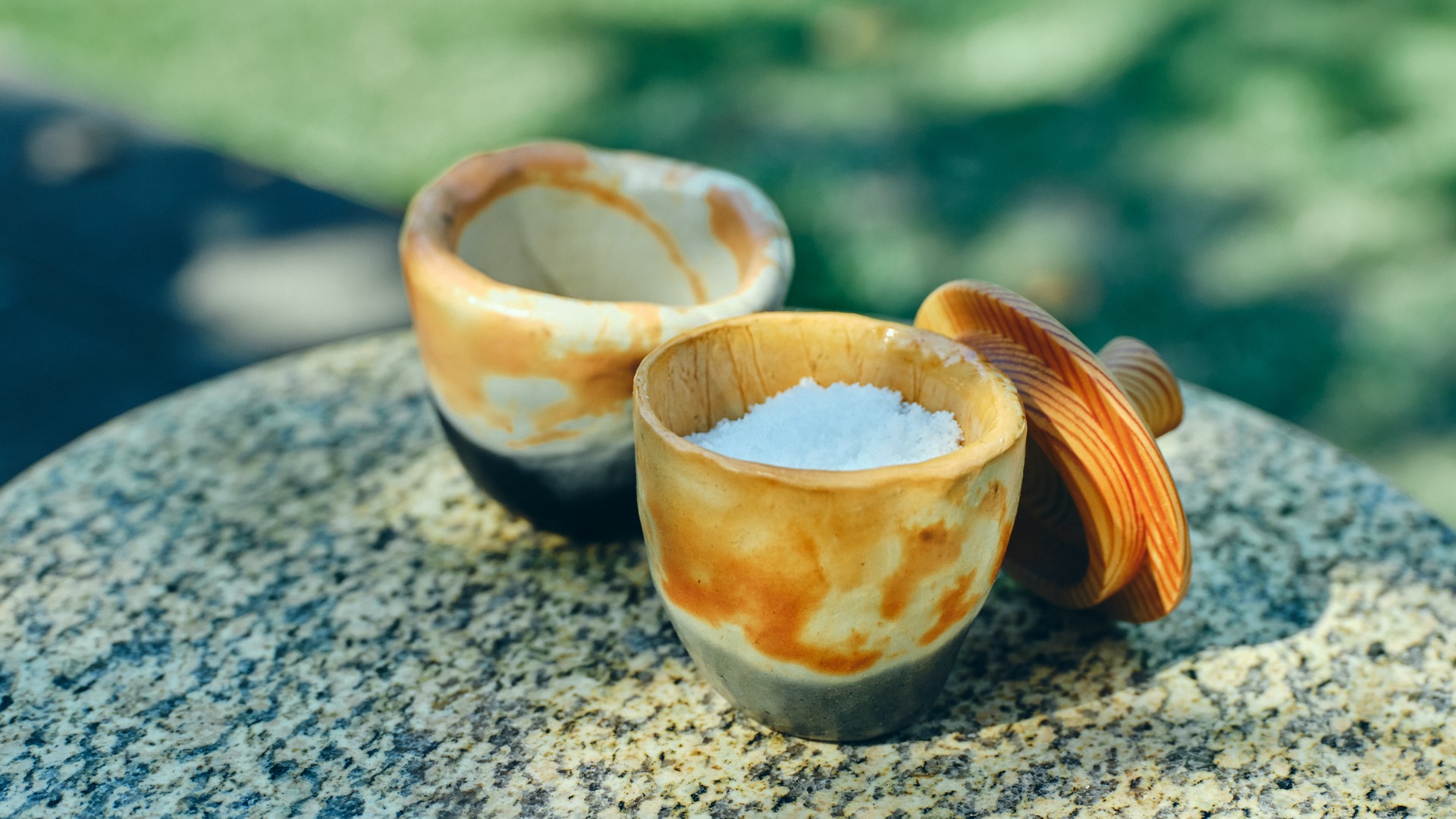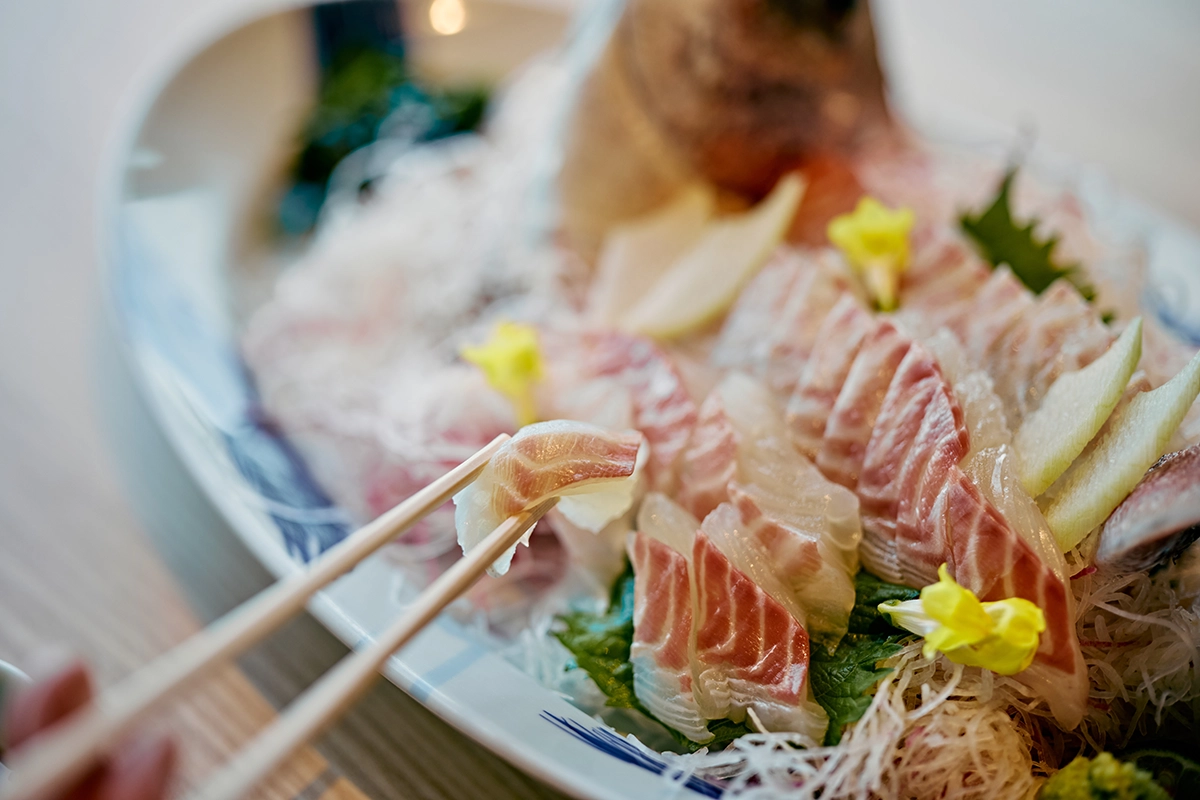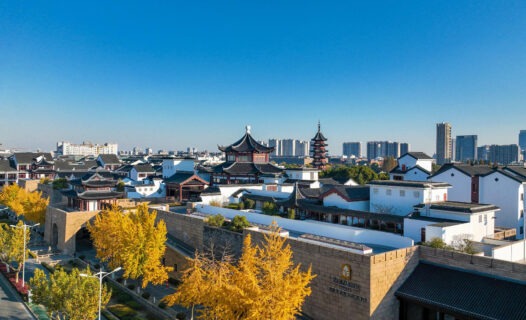Japan’s New Year’s Day, known as Shogatsu, is a time of renewal and celebration, deeply rooted in tradition and cultural significance. As the most important holiday in Japan, it offers a unique glimpse into the country’s rich heritage and customs. From the ringing of temple bells to the first shrine visit of the year, known as Hatsumode, the New Year in Japan is a blend of solemnity and festivity.
The Significance of Shogatsu
Shogatsu is not just a day but a season of celebration, starting from New Year’s Eve and extending into the first few days of January. It is a time for families to gather, reflect on the past year, and set intentions for the year ahead. Traditional customs include cleaning the house to welcome the New Year with a fresh start and preparing special foods that symbolize prosperity and good fortune.
Traditional Customs and Celebrations
One of the most iconic customs is the ringing of the Joya no Kane bells at Buddhist temples across Japan. The bells are rung 108 times to symbolize the cleansing of 108 worldly desires. This ritual is believed to purify the soul and prepare individuals for the New Year.
Another essential tradition is the preparation of Osechi Ryori, a special set of dishes served during the New Year. Each dish has a symbolic meaning, such as health, happiness, or longevity. Families also enjoy Mochi, a sticky rice cake, which is often made during communal mochi-pounding events.
Hatsumode: The First Shrine Visit
Hatsumode is the first shrine visit of the New Year, a practice embraced by millions of Japanese people. During this visit, individuals pray for health, happiness, and prosperity in the coming year. Popular shrines like Meiji Shrine in Tokyo and Fushimi Inari Taisha in Kyoto see a surge of visitors, creating a vibrant and spiritual atmosphere.
Visitors often purchase omamori (charms) and draw omikuji (fortune slips) to gain insight into their luck for the year. The experience is both a personal reflection and a communal celebration, bringing people together in shared hope and optimism.
New Year’s Decorations and Symbols
Japanese New Year is marked by distinctive decorations that carry deep symbolic meanings. Kadomatsu, made from pine, bamboo, and plum branches, are placed at the entrances of homes to welcome ancestral spirits. Kagami mochi, a stack of two rice cakes topped with a citrus fruit, is displayed as an offering to the gods.
These decorations are not only visually striking but also serve as reminders of the cultural heritage and spiritual beliefs that underpin the New Year celebrations in Japan.
Practical Tips for Travelers
Traveling to Japan during the New Year can be a rewarding experience, but it’s essential to plan ahead. Many businesses, including restaurants and shops, may close for several days, so it’s wise to check schedules in advance. Public transportation can also be crowded, especially around popular shrines and temples.
Consider booking accommodations early, as hotels in major cities like Tokyo and Kyoto fill up quickly. Embrace the local customs by participating in traditional activities and trying seasonal foods to fully immerse yourself in the New Year’s spirit.
Experiencing New Year’s Day in Japan offers a unique opportunity to connect with the country’s rich cultural heritage. From the solemnity of temple rituals to the joy of family gatherings and festive events, the New Year is a time of reflection, renewal, and celebration. Whether you’re drawn to the spiritual aspects or the vibrant festivities, Japan’s New Year traditions provide a memorable and enriching experience.


